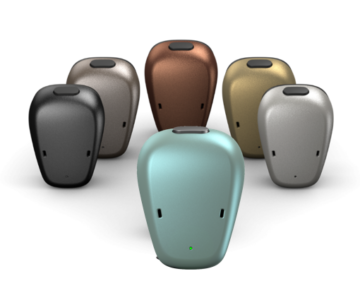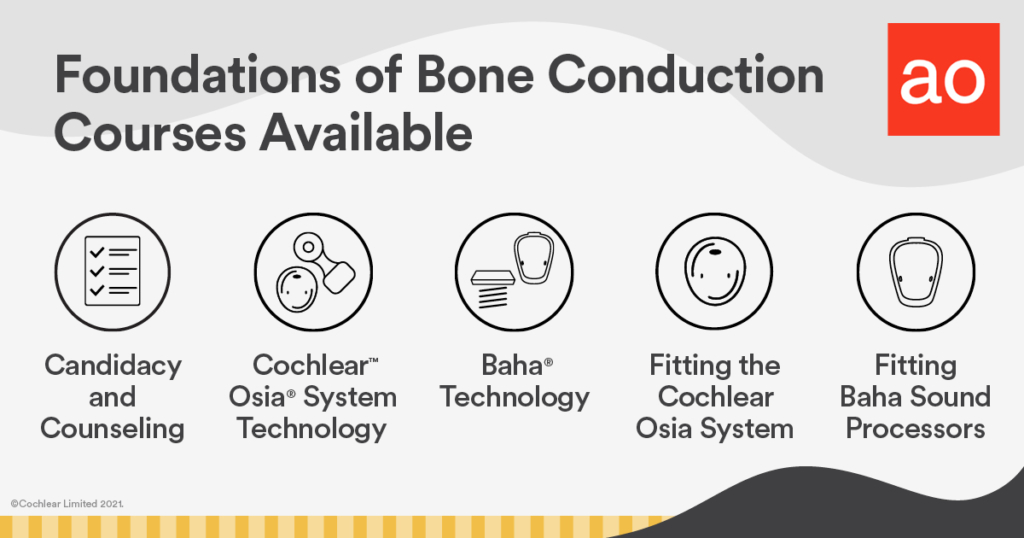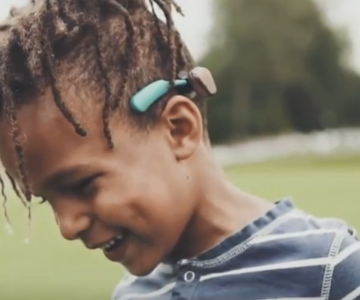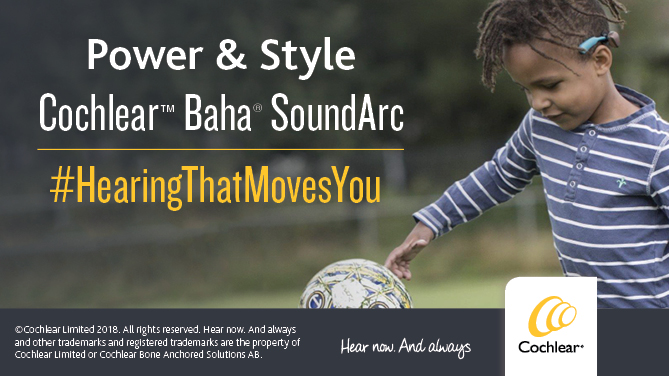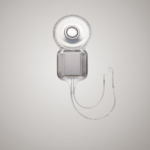
By George Cire, Principal Clinical Project Manager at Cochlear
The heart of any bone conduction system is the vibrator or actuator that functions as a mechanism to convert amplified sound to mechanical vibration, which can in turn drive the bones in the skull to access the bone conduction pathway to the cochlea or inner ear. The Cochlear™ Osia® System applies a new and innovative way to create a bone conduction transducer that will produce high frequencies and thus positively impact speech understanding.
Evolution of Bone Conduction Technology
Historically, the actuator is an electromagnetic device that contains a magnet, coil and counterweight. By application of an alternating polarity signal from the sound processor to the actuator, an electromagnetic field is produced that excites the magnet element and counterweight. This produces movement or vibration within the actuator to change the electrical signal to vibration that can move through the bone conduction pathway to stimulate the cochlea, thus facilitating hearing.
It’s easy to visualize the complex design of springs, magnets, coils and a counterweight that form a “moving mass” system that facilitates a mechanical interaction between parts. The electromagnetic actuator can be placed against the skull externally where the vibration must traverse soft tissue before stimulating the bone conduction pathway, providing a transcutaneous bone conduction system. This method advantageously provides a non-surgical option for candidates that need or require a bone conduction amplification system.
Innovations with the Baha® System
The Baha Connect system was developed to provide a direct drive access system where a surgically implanted titanium fixture can be placed in the bone where it will osseointergrate. Attached to this implanted fixture is a titanium abutment that protrudes through the skin and provides a snap coupling that accepts the Baha Sound Processor, referred to as a percutaneous system.
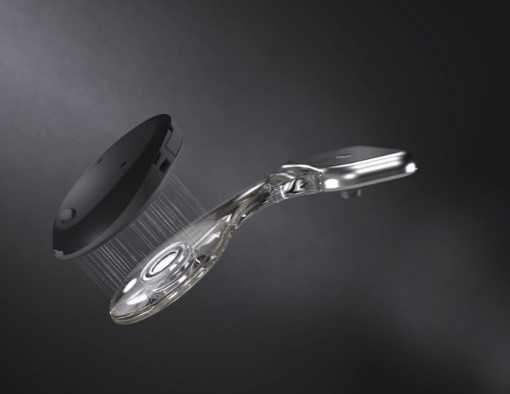
Later, the Baha Attract system allowed an implant magnet to attach to the implant fixture, positioning the tissue flap to be in place over the implant fixture and implant magnet. Then the sound processor can be attached to an external magnet that is held in place with the magnetic attraction between a “sandwich of tissue” and the internal implant magnet to hold the entire system in place. Vibration from the actuator in the sound processor then passes though the system to the internal components to excite the same bone conduction pathway described above in the Baha Connect system.
It forms an alternative transcutaneous system that offers candidates for bone conduction hearing treatment with a more cosmetic system that does not require the same hygiene regimen as the Baha Connect system. The direct drive Baha Connect system provides the most effective transfer of vibrational energy with out the damping effect of the skin between the vibrating actuator and the bone conduction pathway.1,2
The Osia System and Piezoelectric Technology
As a natural evolution of bone conduction technology, the Osia System was created to combine the best of the direct drive, Baha Connect system and the hygiene and cosmetic advantages of the Baha Attract system. The Osia System is a new approach to an active transcutaneous system. Like other bone conduction systems, the actuator is the “heart” of the process. Designers and engineers looked toward the use of piezoelectric technology to create a smaller and most robust actuator that had clear advantages over traditional electromagnetic technology. 1,2
In piezoelectric technology, a crystalline material can be formed into compact wafers that are laminated or bonded together. When an electrical current is applied to this crystalline material, contraction and expansion is created that follows the electrical signal. Because these wafers are laminated, the design allows for carefully controlled vibration to occur with out the need for a complex mechanical design containing moving parts and springs. The actual size of the piezoelectric actuator can be formed into a package for optimal temporal bone placement where it can be mated with an osseointegrated fixture to apply vibration to excite the bone conduction pathway. Application of this approach can be accomplished with modifications to the existing knowledge base of traditional Baha surgery.
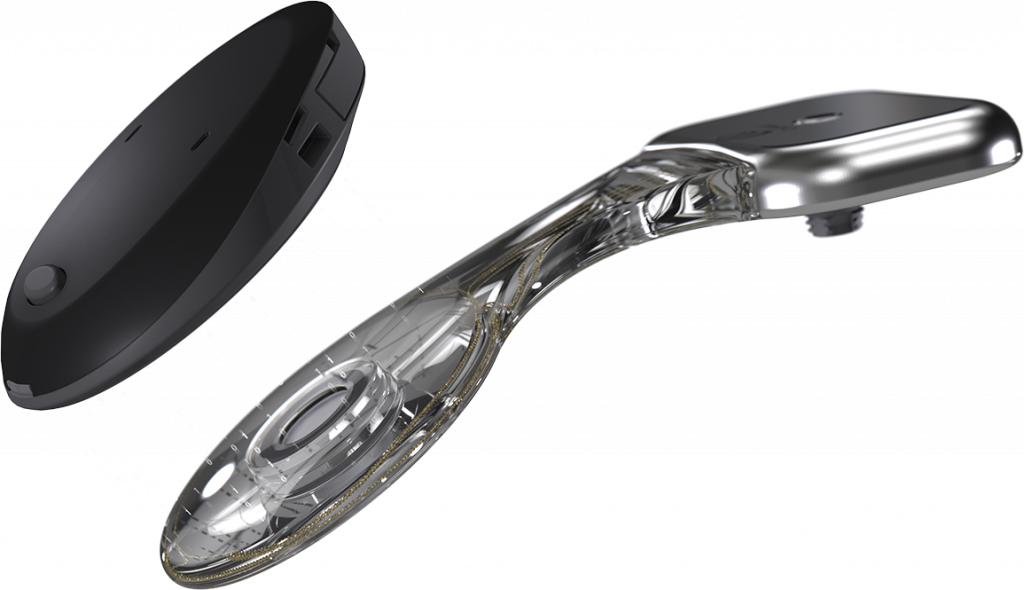
The remaining components of the Osia Implant System include the magnet/coil assembly and a demodulator. The external Osia sound processor contains a battery-operated circuit that acts to pick up the acoustic signals of interest and then to amplify them. Additionally, this circuit creates a digitally encoded radio frequency link that permits the combination of the amplified acoustic signal to the digital RF carrier to supply power to the implant via an inductive link between two coils (one in the external processor and one in the implanted package). These two coils are held in place with magnets that only serve to provide a secure coupling and alignment. This elegant design allows for the critical power supply to be maintained in the externally worn device.
Through the design and efficiency of power in this system, the Osia device provides the ability for clinicians to treat up to a 55dB HL sensorineural hearing level. 1,2 It has the advantage of hearing performance seen in our direct drive Baha Connect system combined with the non-skin penetrating transcutaneous system that provides a more cosmetic approach to the application of bone conduction amplification. 1,2
Overall the Osia System, an active transcutaneous osseointergrated implant system, combines the hearing performance seen in the Baha Connect system and the convenience and attractiveness of the Baha Attract system.
To learn more subscribe to our ProNews Blog using the panel to the left to ensure you receive new blog post notifications and check out this webinar.
References:
- Dotevall M. Technical Report: Available gain in Osia vs Baha 5 Power. D1664198. Cochlear Bone Anchored Solutions AB, Sweden 2019
- D1478473 CIR final report 12 month Data, Cochlear Bone Anchored Solutions AB. Sweden October 2019

